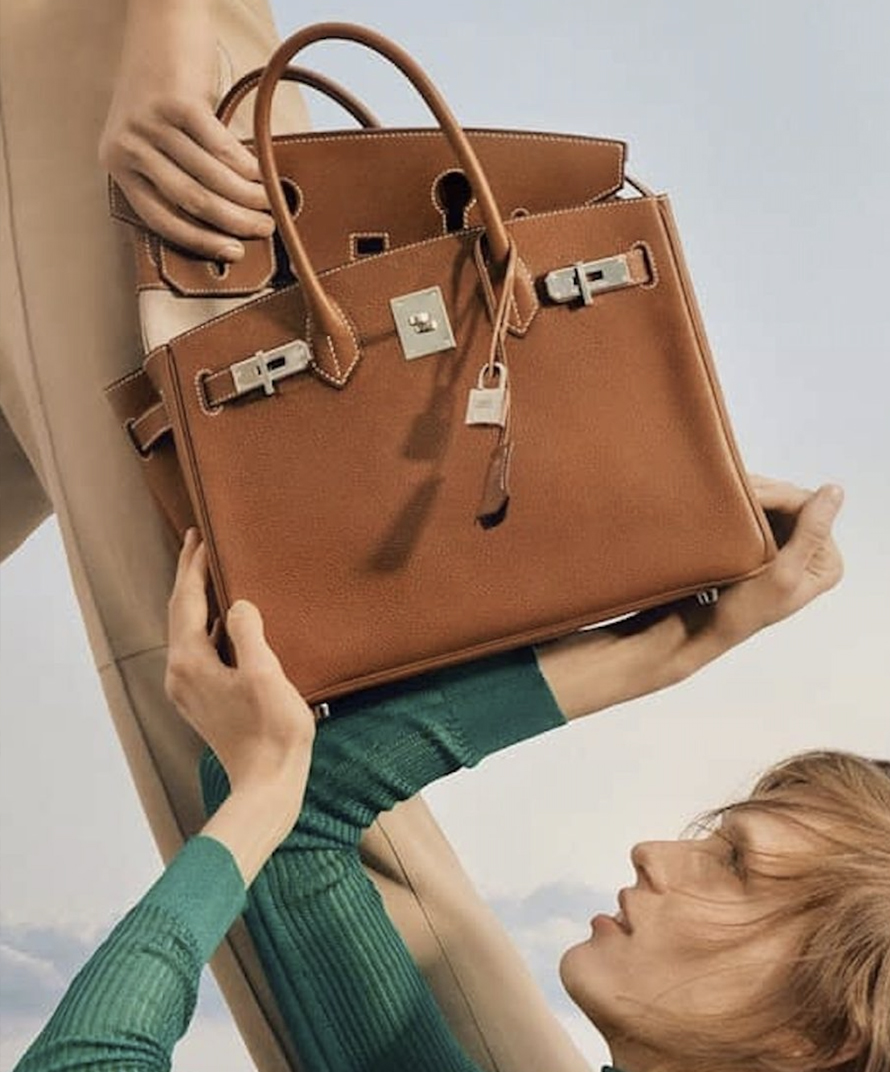Luxury’s V-shaped recovery of 2021 powers ahead in 2022 along various and unprecedented fronts, culminating as a whole in success for well-positioned brands, retailers, wholesalers and emerging media.
The revived luxury market, forecast for sustained 6-8% growth annually through 2025, has been driven by the dual engines of U.S. online purchasing and the economic momentum of global markets (China, Middle East), who are rapidly shifting the map of luxury.
A look back at luxury 20 years ago, and it is almost unrecognizable, a stuffy world of demonstrating affluence. While today it is being shaped as a path to greater self-expression through more original products, tailored services, and unique experiences apart from the expected, the mainstream, or the everyday.
Status no longer lies solely in the logo, the cost, or the exclusivity. Now it resides in the ethos, the voice, and the platform afforded to the individual.
Here is what to account for as we create brands, develop marketing plans, and plot the year’s campaigns.
Online Takes Over
The fastest-growing channel, Online has increased to 23% of luxury sales globally and is accelerating, expected to soon surpass all other luxury sales channels—making it imperative for every brand wishing to stay competitive to offer sophisticated content at every digital turn.
Advents such as seamless in-app checkouts (TikTok Shop) are driven by Gen Y and Gen Z, fully raised in the era of online shopping, and now on pace to account for 70% of the luxury market by 2025 and contribute to 130% growth of the market.
Stores Will Be Redefined
Online luxury purchases nearly doubled between 2019 and 2020. And now that people are even more comfortable purchasing luxury items this way, the very nature of what a high-end store is has begun to transform. The number of brick-and-mortar venues will decrease, and these spaces will now evolve.
The ergonomics of the spaces can shift toward experience and personalization, while the role focuses more and more on delivering that which online cannot. Consider the ways a film better delivers visuals while a novel of the same story better articulates the emotional journey. By focusing on the personal attention and experiential moments only a physical space can provide, luxury stores can chart interesting new paths.
Meta Luxury
NFTs, non-fungible tokens, or NFTs, became the “Word of the Year” for 2021 as it forced its way into our lexicon and consideration. Luxury—from products to travel to even food and beverage—inevitably will increasingly align with NFTs due to individuals wishing to pursue the finest things the real world has to offer in the alternate realities set to emerge.
By 2030, the luxury NFT and metaverse market is projected to reach $56 billion. Luxury brands are already beginning to launch virtual spaces in which their customers’ experiences of the brand and product can be tested out, enhanced, or shared with friends remotely.
It’s the intersection of gaming, the internet of things, and luxury. And if you think it’s a fad, expect to be as far behind the curve as bookstores were at the dawn of Amazon.
Sustainable As the Norm
For some years having a clean label and green practices was enough to hang your hat on and set you apart in the marketplace of luxury. But as nearly half of all luxury consumers now seek brands whose ethos entails standards of sustainability, the playing field will soon be level once more as every competitive luxury company is stepping up.
Offsetting carbon footprints, clever phrasing, or green icons that mean nothing will no longer cut it. Brands doing the minimum can expect to be passed over for consideration, or publicly called to account.
Consumers have proven willing to pay a premium for luxury that’s green. So this year will serve as a major turning point for the brands yet to start down a path of sustainability.
Diversity
Women, people of color, and the rainbow of LGBTQ orientations are gaining their rightful representation within both the C-suites of brands, the Creative Director positions, and within campaigns. Brands started by minorities are seeing an upturn too as VC firms are investing in enterprises that cater to diverse communities with intrinsic experience. Brands are well advised to reflect their audience in their broadcasting of messages and enlist input as warranted to prevent any inadvertent whitewashing or tone-deaf campaigns from being produced.
Estee Lauder, Chanel and Louis Vuitton are just a few of the luxury brands doing an exemplary job of weaving inclusivity into their way of doing business.
The Rise of Secondhand
Already a budding area, the secondhand luxury market has soared in growth, 65% since 2017. And as newcomers to the space compete to be the leading platforms, expect them to drive even greater trial and adoption.
Some may claim that secondhand luxury is an overnight channel. But it has been a constant, only confined to high-net-worth geographies. The advantage of resale has allowed sneakerheads to invest like speculative stockbrokers on the latest drops. And it is allowing everyone from fashionistas to art connoisseurs the opportunity to buy-in, flip, or lockdown that piece they just can’t live without.
Localization
As international tourism has yet to resume business as usual, destinations must continue to focus of regional and localized travel. Innovation such as cruise lines pivoting to become stationary hotels is just one example of the right kind of flexible thinking.
Duty-free shops have long been a huge source of revenue for luxury brands, who have had to cultivate new approaches like pop-up shops. By going to customers, rather than them to you, luxury brands can create unique stories.
Localized experiences allows brands the opportunity to demonstrate how they fit their market in highly specific, targeted ways. Think of it as customization at the city level. What is a Veuve Cliquot event in Los Angeles versus the Hamptons? Certainly not the same.
